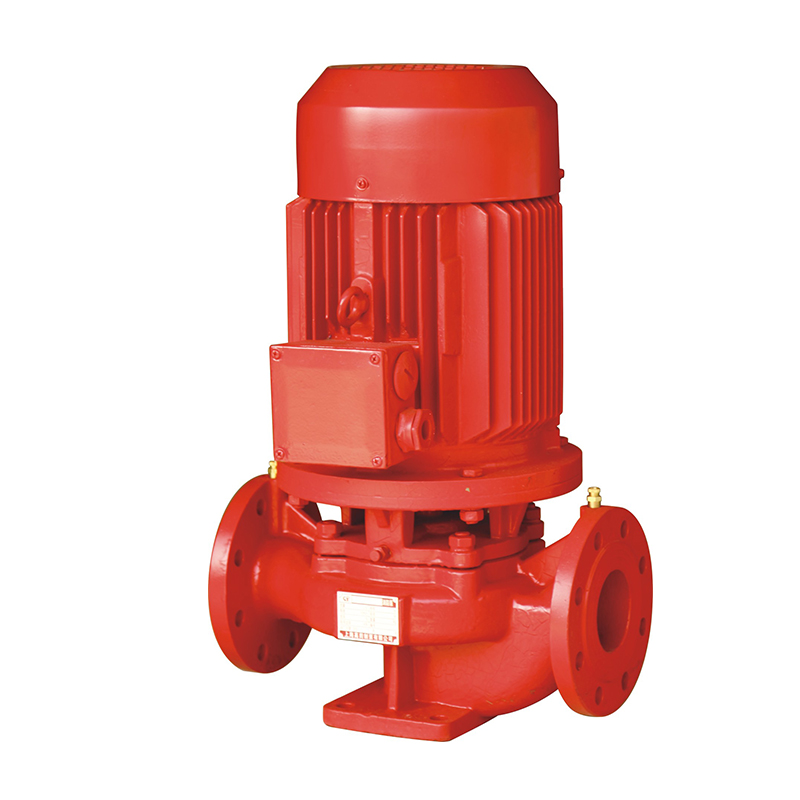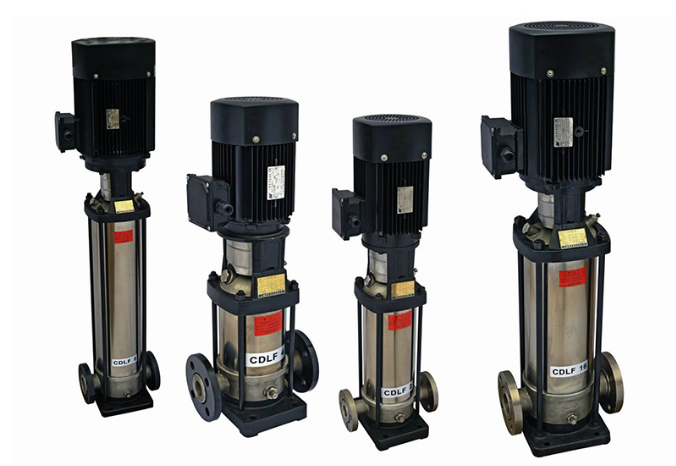The difference between single-stage fire pumps and multi-stage fire pumps
There are significant differences between single-stage fire pumps and multi-stage fire pumps in many aspects. The following is a detailed summary of the differences between the two:
1. Structure and composition
Single stage fire pump:
The structure is relatively simple, with only one impeller.
The inlet and outlet of the pump are on the same horizontal axis and have the same caliber specifications, making it easy to load and unload.
It usually consists of two parts: a motor and a pump. The pump and motor are coaxial and have a compact structure.

Multi-stage fire pump:
The structure is relatively complex, with two or more impellers, and can absorb and press water in sections and in multiple stages.
The stator part consists of water inlet section, middle section, guide vane, water outlet section, stuffing box body and other parts. The rotor part consists of shaft, impeller, balance drum, etc.
In order to prevent the stator from wearing out, the stator is equipped with sealing rings, balance sleeves, etc., which can be replaced with spare parts after wear.

2. Performance characteristics
Single stage fire pump:
Large flow rate: Single-stage fire pumps have obvious advantages in flow rate.
Low head: Compared with multi-stage pumps, its head is lower.
Stable water output: The output flow rate is stable, suitable for occasions requiring large flow rate and low head.
Long service life: simple structure, easy maintenance, and usually have a long service life.
Multi-stage fire pump:
High lift: The advantage of multi-stage fire pumps is their high lift characteristics, which can lift water to very high positions.
Suitable flow and pressure binning: Using special hydraulic design and structural design, the flow and pressure binning is more suitable for building fire water supply systems than ordinary centrifugal clean water pumps.
Smooth flow curve: The flow curve is flat and has no hump, and the head will not increase too much due to the decrease in flow, thus keeping the fire hydrant mouth pressure within a reasonable range.
3. Purpose and application scenarios
Single stage fire pump:
It is mainly used for pressurized water supply in fire protection systems, and can also be used for water supply and drainage in factories and mines.
It is suitable for fire protection systems that require large flow and low lift, such as urban fire hydrant systems, factory and mine fire protection systems, etc.
Multi-stage fire pump:
It is mainly used for pressurized water supply in fire protection system pipelines. It can also be used in industrial urban water supply and drainage, pressurized water supply in high-rise buildings, long-distance water supply, heating, bathrooms, boiler hot and cold water circulation pressurized air conditioning and refrigeration systems, water supply and equipment matching.
It is especially suitable for fire protection systems that require high lift, such as high-rise building fire protection systems, mountain fire protection systems, etc.
4. Other differences
Maintenance and replacement of parts: The structural design of multi-stage fire pumps should ensure easy on-site maintenance and replacement of parts, while single-stage fire pumps are relatively easy to maintain due to their relatively simple structure.
Cost: Generally speaking, the cost of multi-stage fire pumps may be higher than that of single-stage fire pumps due to their complex structure and superior performance.




